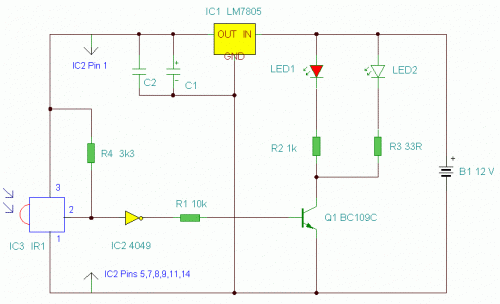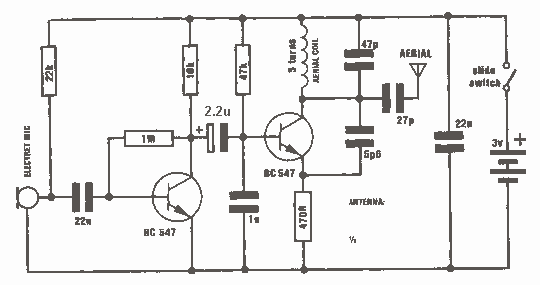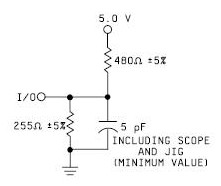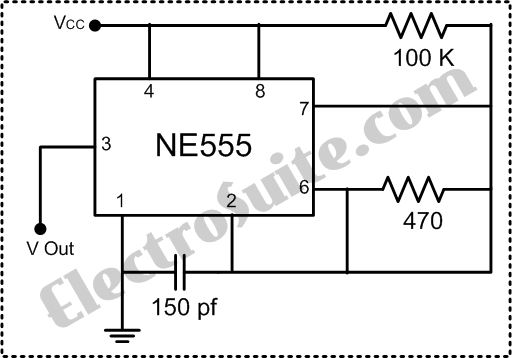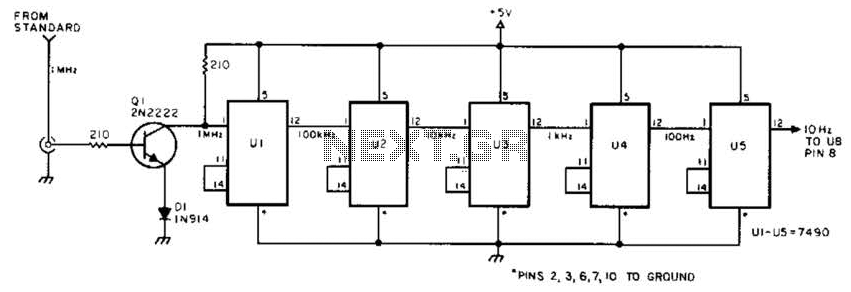
AT89C2051 microcontroller circuit Schematic Diagram
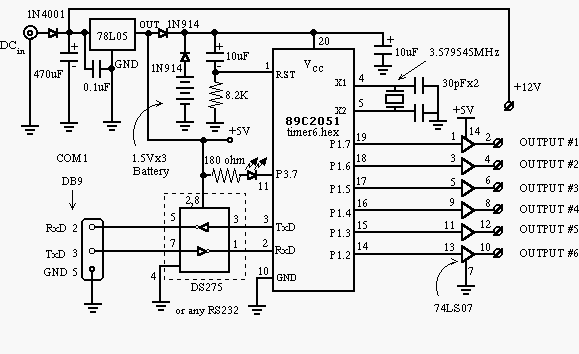
A real-time controller is a device designed to continuously manage household devices, both in real-time and according to a predetermined schedule. This article focuses on a series of real-time controllers utilizing the AT89C2051 microcontroller, which serves this purpose effectively. The AT89C2051 microcontroller by Atmel is integrated as a processor and controller within the device. For direct applications, these devices require a separate interface, compatible with a variety of real-time controllers equipped with the AT89C2051 microcontroller. When connecting the device to an AC power source, an optocoupler (MOC) or a solid-state relay is used for interfacing. The devices that can be managed by this series of real-time controllers include lighting systems, water pumps, fans, and electronic gates. The AT89C2051 microcontroller's series can also control water levels and manage scheduled lighting operations, including SCARA (Selective Compliance Assembly Robot Arm) and sensor-based functions. Communication settings for this series of controllers can be configured via a computer using serial communication. The AT89C2051 microcontroller series features six output channels that can be independently controlled based on the programmed instructions. Each output requires an appropriate interface to connect with the devices it will control.
The real-time controller utilizing the AT89C2051 microcontroller is a versatile device designed for household automation. It operates by continuously monitoring and controlling various appliances based on user-defined schedules or real-time inputs. The integration of the AT89C2051 microcontroller allows for efficient processing and control of multiple outputs, making it suitable for various applications.
The architecture of the circuit typically includes the AT89C2051 microcontroller, which serves as the brain of the operation, executing control algorithms and managing input/output operations. The microcontroller features a set of GPIO (General Purpose Input/Output) pins that can be configured for both input and output functions. Each output pin can be connected to different household devices, enabling the controller to manage multiple appliances simultaneously.
For interfacing with AC devices, the use of optocouplers or solid-state relays is essential. These components provide electrical isolation between the low-voltage microcontroller and high-voltage AC loads, ensuring safety and preventing damage to the microcontroller. The optocoupler (MOC) acts as a switch that is controlled by the microcontroller, allowing it to turn devices on or off based on the programmed logic.
The real-time controller can be programmed through a computer interface, allowing users to set schedules and parameters for operation. This is achieved through serial communication, which facilitates the transfer of data and commands between the microcontroller and the computer. The ability to program the controller enhances its flexibility, enabling users to customize the operation of connected devices according to their specific needs.
In summary, the real-time controller with the AT89C2051 microcontroller is a powerful tool for automating household devices. Its capability to manage multiple outputs, coupled with safe interfacing techniques and programmable functionality, makes it an ideal choice for enhancing home automation systems.Real time controller is a device used to exercise control over household device continuously ongoing and scheduled. The series of Real Time Controllers with microcontroller AT89C2051 which dituls in this article is a tool that can do that serve targeted.
The series of Real Time Controller with Microcontroller AT89C2051 Atmel AT89C2051 uses a data processor and controller as device installed. In the application directly devices requires a separate interface from a wide range of Real Time Controllers with this AT89C2051 microcontroller. When will connect the device with the AC power source to use interface optocoupler (MOC) or solid state relay.
Devices that can be connected with the series of Real Time Controller with Microcontroller AT89C2051 include lights, water machines, fans, electronic gate. The series of Real Time Controllers with this AT89C2051 microcontroller to control a height of water level, controlling the flame lights the scheduled SCARA and censored.
The series of Real Time Controller with Microcontroller AT89C2051 uses a computer to perform serial communication settings via computer. The series of Real Time Controller with Microcontroller AT89C2051 has 6 units of output channels that can be independently controlled depending on the program induced in the tool.
Output in the series of Real Time Controller with AT89C2051 microcontroller requires an interface to deal with equipment that will be in control. You are reading the Circuits of AT89C2051 microcontroller circuit And this circuit permalink url it is
🔗 External reference
The real-time controller utilizing the AT89C2051 microcontroller is a versatile device designed for household automation. It operates by continuously monitoring and controlling various appliances based on user-defined schedules or real-time inputs. The integration of the AT89C2051 microcontroller allows for efficient processing and control of multiple outputs, making it suitable for various applications.
The architecture of the circuit typically includes the AT89C2051 microcontroller, which serves as the brain of the operation, executing control algorithms and managing input/output operations. The microcontroller features a set of GPIO (General Purpose Input/Output) pins that can be configured for both input and output functions. Each output pin can be connected to different household devices, enabling the controller to manage multiple appliances simultaneously.
For interfacing with AC devices, the use of optocouplers or solid-state relays is essential. These components provide electrical isolation between the low-voltage microcontroller and high-voltage AC loads, ensuring safety and preventing damage to the microcontroller. The optocoupler (MOC) acts as a switch that is controlled by the microcontroller, allowing it to turn devices on or off based on the programmed logic.
The real-time controller can be programmed through a computer interface, allowing users to set schedules and parameters for operation. This is achieved through serial communication, which facilitates the transfer of data and commands between the microcontroller and the computer. The ability to program the controller enhances its flexibility, enabling users to customize the operation of connected devices according to their specific needs.
In summary, the real-time controller with the AT89C2051 microcontroller is a powerful tool for automating household devices. Its capability to manage multiple outputs, coupled with safe interfacing techniques and programmable functionality, makes it an ideal choice for enhancing home automation systems.Real time controller is a device used to exercise control over household device continuously ongoing and scheduled. The series of Real Time Controllers with microcontroller AT89C2051 which dituls in this article is a tool that can do that serve targeted.
The series of Real Time Controller with Microcontroller AT89C2051 Atmel AT89C2051 uses a data processor and controller as device installed. In the application directly devices requires a separate interface from a wide range of Real Time Controllers with this AT89C2051 microcontroller. When will connect the device with the AC power source to use interface optocoupler (MOC) or solid state relay.
Devices that can be connected with the series of Real Time Controller with Microcontroller AT89C2051 include lights, water machines, fans, electronic gate. The series of Real Time Controllers with this AT89C2051 microcontroller to control a height of water level, controlling the flame lights the scheduled SCARA and censored.
The series of Real Time Controller with Microcontroller AT89C2051 uses a computer to perform serial communication settings via computer. The series of Real Time Controller with Microcontroller AT89C2051 has 6 units of output channels that can be independently controlled depending on the program induced in the tool.
Output in the series of Real Time Controller with AT89C2051 microcontroller requires an interface to deal with equipment that will be in control. You are reading the Circuits of AT89C2051 microcontroller circuit And this circuit permalink url it is
🔗 External reference
